Johann Sebastian Bach in Weimar
The series about historical places of opera art & culture. Get to know exciting excursion and travel ideas for opera lovers. This time: Johann Sebastian Bach in Weimar.
All Destinations on google maps with links to detailed Blogposts:
Johann Sebastian Bach in Weimar
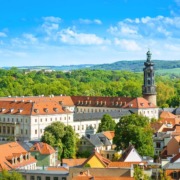
Bach found his private happiness in Weimar, and six children were born, including Carl Philip Emanuel and Christian Friedemann, both of whom became famous musicians in their own right. However, two of the children, the twins Maria and Johann, died shortly after birth.
When Bach came to Weimar from Mulhouse in 1708, it was a reunion, for he had been acquainted with the city five years earlier. It was ruled by two princes, Wilhelm and Johann, both of whom were music lovers. Wilhelm was strictly Catholic and promoted church music to the best of his ability. For the first time, Bach had access to a professional orchestra and he composed 20 cantatas. Johann played music himself and promoted secular concert music, so Bach was able to work both styles of music.
Bach met Paul von Westhoff, who was also employed at court and lived in the same house as Bach. Bach improved his violin playing with the help of the violin virtuoso and wrote many of his works for violin here, including the Partita in D minor. Likewise, many of his harpsichord works were written here.
Much to Bach’s chagrin, he was subordinate to both the directors of concert music and court music. His position as court organist and concertmaster was very well paid, earning more than his two superiors, but he was an employee of the court and thus, as a lackey, not a free man, which was to be his undoing. When the Kapellmeister died, Bach was passed over and subsequently accepted an offer from the prince in Köthen without asking permission from the Weimar princes. When the Weimar prince Wilhelm was informed of this, he summarily had his lackey Bach stewed in his own juice in the dungeon (for more see the destination Torbau). In 1707, after a month in jail, Bach left Weimar for Köthen as a man with a criminal record.
TO THE COMPLETE BACH BIOGRAPHY
Destination Church Peter and Paul
Six children of the Bachs were baptized in this Lutheran church (including the emergency baptism for the twins). The organist of the church was a relative of the Bachs and Johann Sebastian played the organ in the church several times.
Church Peter and Paul:
Destination Stadtschloss (city castle)
The city palace was Bach’s most important place of activity in Weimar. Most of the clerical compositions were composed for performances in the so-called Himmelsburg (castle chapel). This church unfortunately burned down to the outer walls in the 18th century. The chancel, built on a pedestal, was spectacular: above the altar was a high canopy that reached pyramid-shaped to the roof, where illuminated by a skylight was an organ, whose music sounded from above in the church.
Himmelsburg:
The City Palace is under constant renovation until 2030. Please check the visitor information.
https://www.klassik-stiftung.de/stadtschloss-weimar/
Destination Bach house – Hotel Elephant – Hotel Erbprinz
Where today the parking lot of the Hotel Elephant stands, there used to be the place “am Markt 16”, where Bach (as a subtenant of Westhoff) lived for the most part in Weimar. 100 years later, the Bach House was incorporated by the legendary hotel “Erbprinz”, where many famous visitors such as Richard Wagner and Felix Mendelssohn stayed.
Hotel Erbprinz:
In the place where the Bach’s house was located, a Bachstube (a wine tavern) was operated in the year 1939 until 1969. During the World War, the hotel was severely damaged and after makeshift repair of the damage, however, it fell into disrepair in the 20th century and was demolished in 1989, except for a part of the facade, and since then the area has functioned as a parking lot. Under the parking lot is still the historic Bach’s wine and cellar vault. Parts of the historic facade now serve as a surrounding wall, and on it is a memorial plaque commemorating Johann Sebastian Bach. There are efforts to build the area into a Bach House.
Facade part of the historic Bach House:
The Hotel Elephant also has an eventful history. While the (wealthier) musicians stayed at the “Erbprinz”, many famous literary figures stayed there. The hotel gained sad fame in the twentieth century as the “Führerhotel”, when Hitler, after a total reconstruction ordered by him, had a balcony built (it still exists) above the entrance and made a famous speech from there. After the war, Thomas Mann was one of the first guests of the hotel when it reopened in 1956, because he had a special relationship with the hotel, immortalizing it in his novel “Lotte in Weimar”.
Hotel Elephant:
https://www.hotelelephantweimar.de/
Destination Bastille (Torbau and Bergfried)
It is assumed that Johann Sebastian Bach served his prison sentence in the tower. The prince wanted to teach the “stiff-necked” (original quote) Bach a lesson. However, the prince was not innocent in the quarrel. When the Kapellmeister died, he had secretly offered the position to Telemann. The latter was a friend of Bach and told him about it. When Bach applied for the position and wanted to obtain an audience with the prince, he did not hear from him, whereupon Bach accepted the offer from Köthen without permission. Bach did not let the one month in jail pass by unused and began the composition of his “Well-Tempered Clavier”. The presumed prison can be visited.
Bastille with Torbau:
Destination Bachbiennale Weimar
The biennial festival is dedicated to bringing Bach’s music to life in historic locations, such as the Residence Palace; even his cell in the gatehouse has been the venue for a concert. In addition, there are a variety of other events such as lectures and workshops.
https://www.bachbiennaleweimar.de/de/
Musical background: Toccata and fugue in d-minor BWV 565
When this piece was composed is unclear, it is quite possible that it was composed in Weimar. Even Bach’s authorship has been doubted because no autograph could be found. The famous piece begins with the triple call of the theme, which plunges into the famous seventh chord and is crowned with the subsequent virtuoso triplet-chasing fugue. This piece is also jokingly called “the epidemic” because it has been arranged in countless arrangements for all sorts of instruments/groups. It may have been originally set for violin by Bach himself.
Toccata in d-minor:

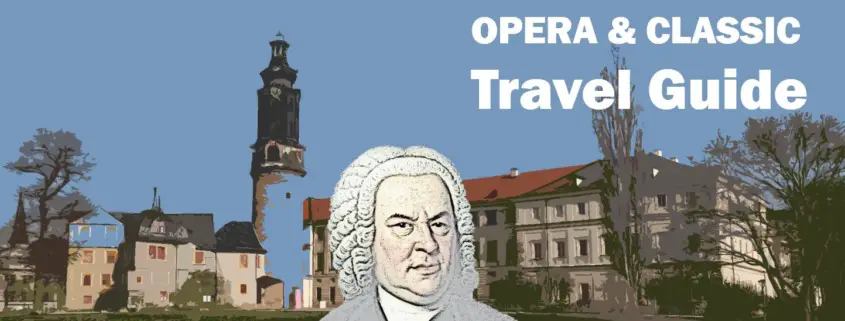
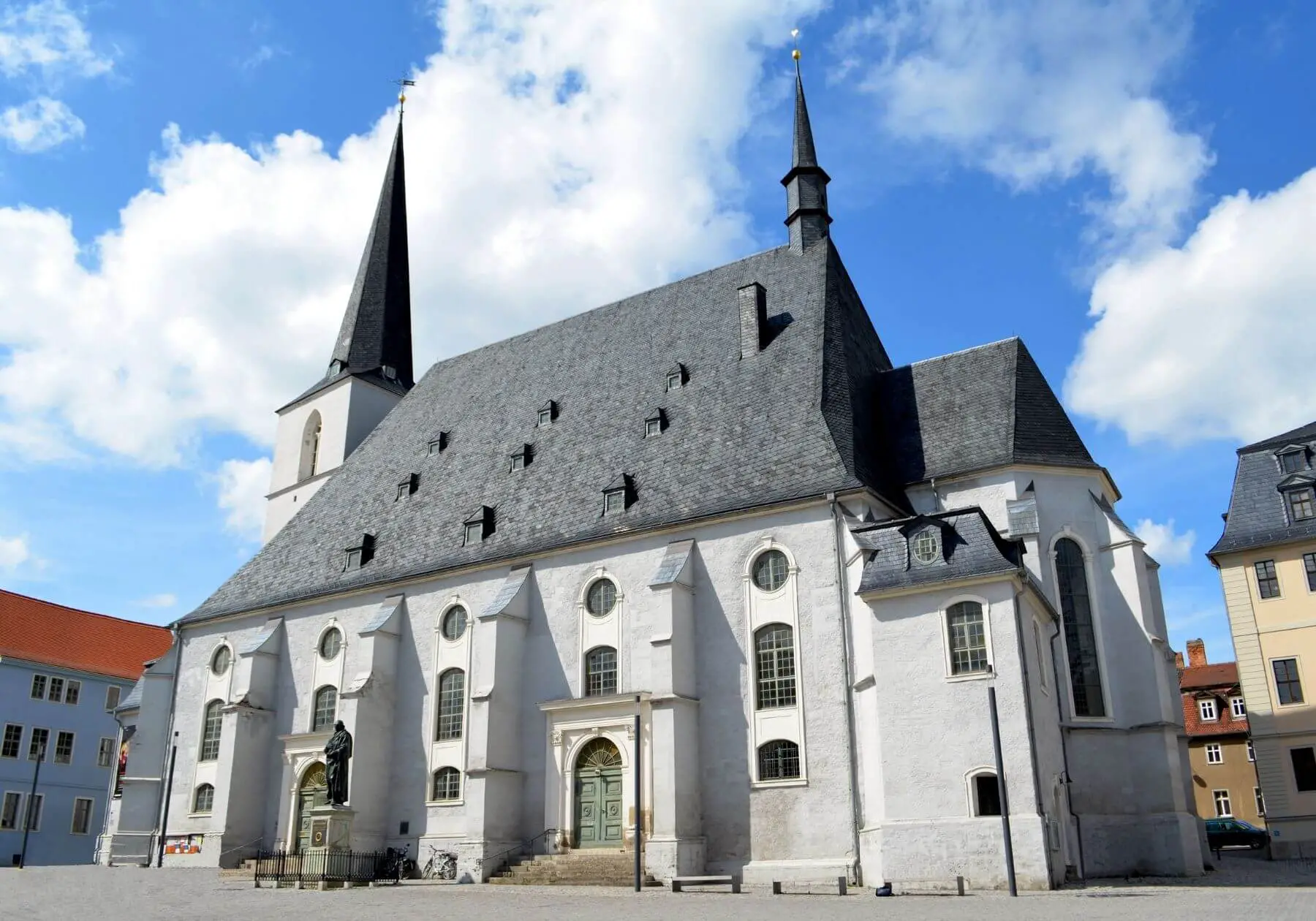
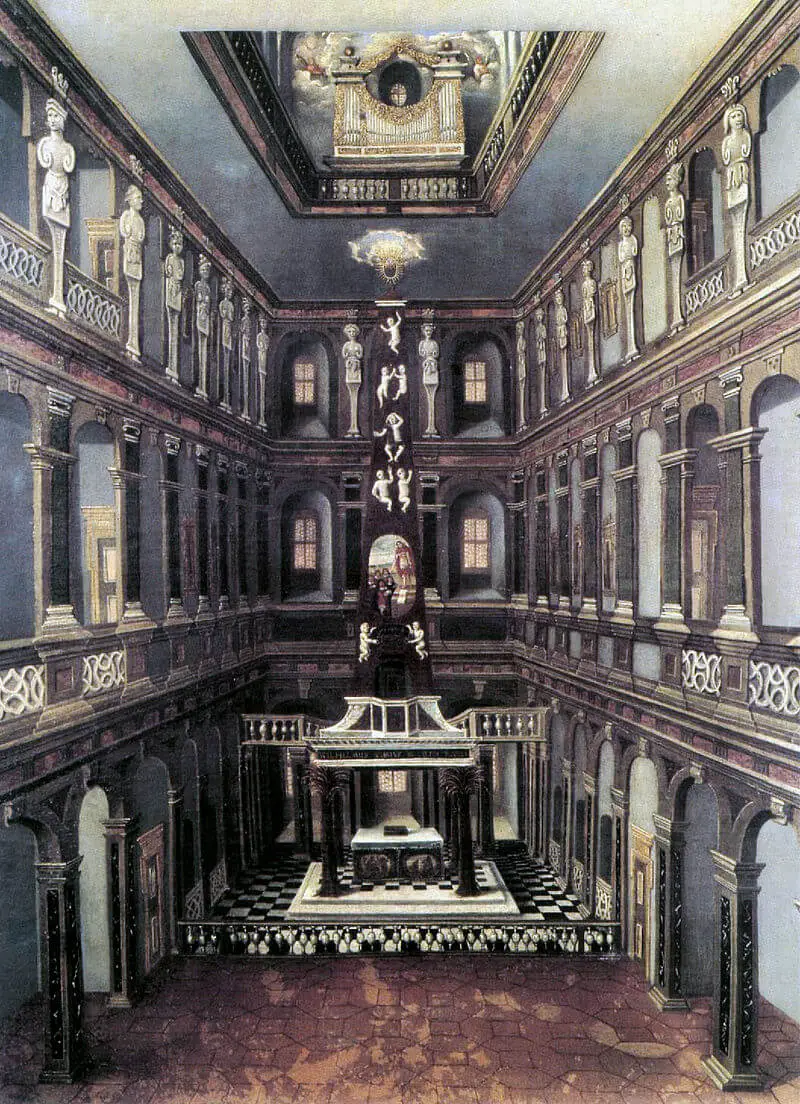
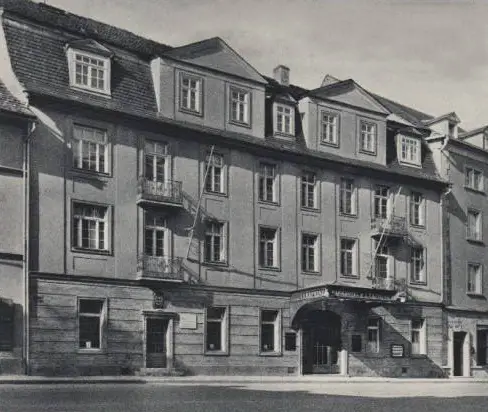
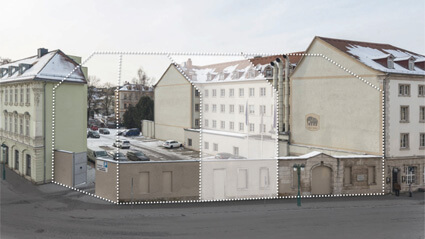

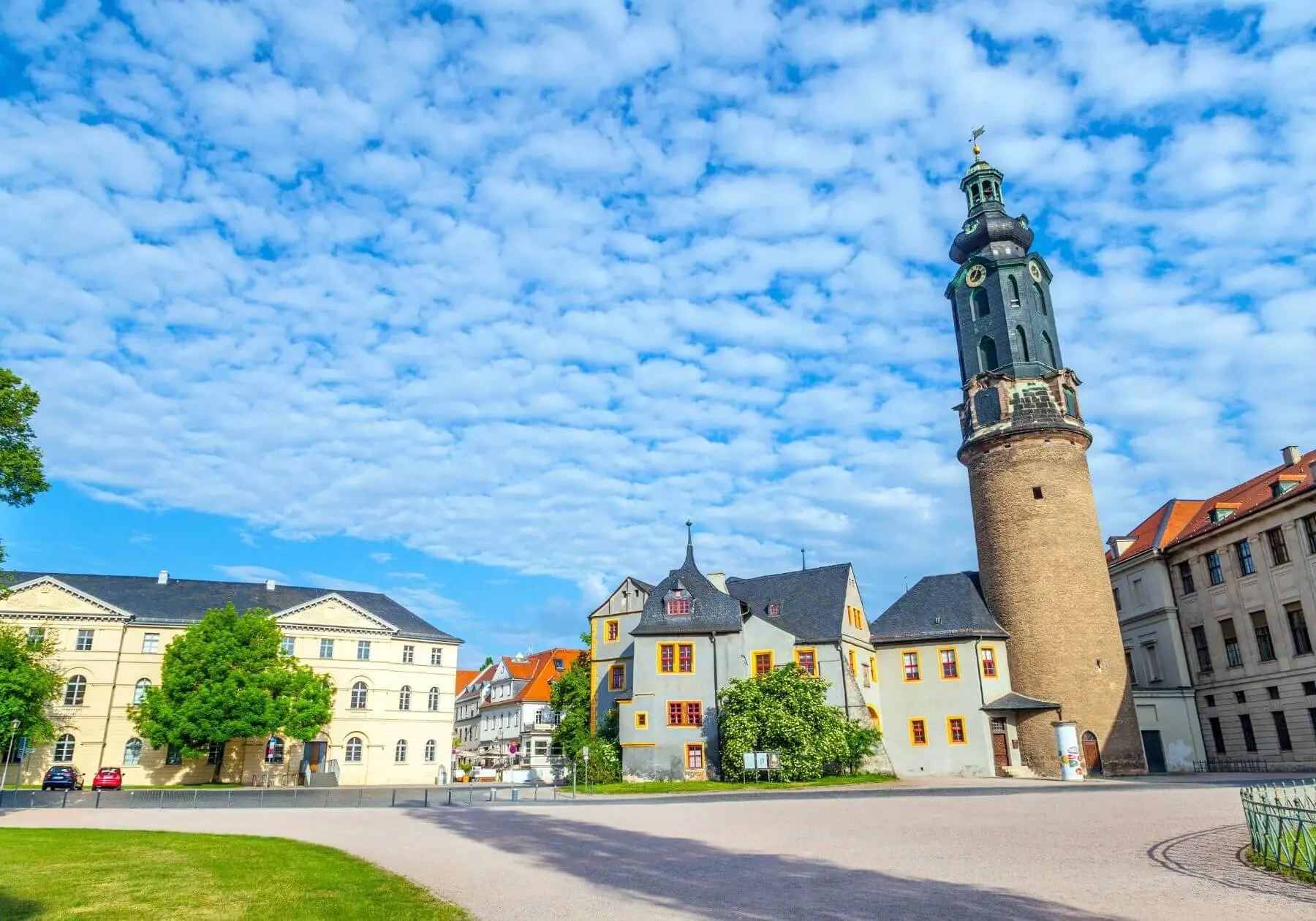


Leave a Reply
Want to join the discussion?Feel free to contribute!